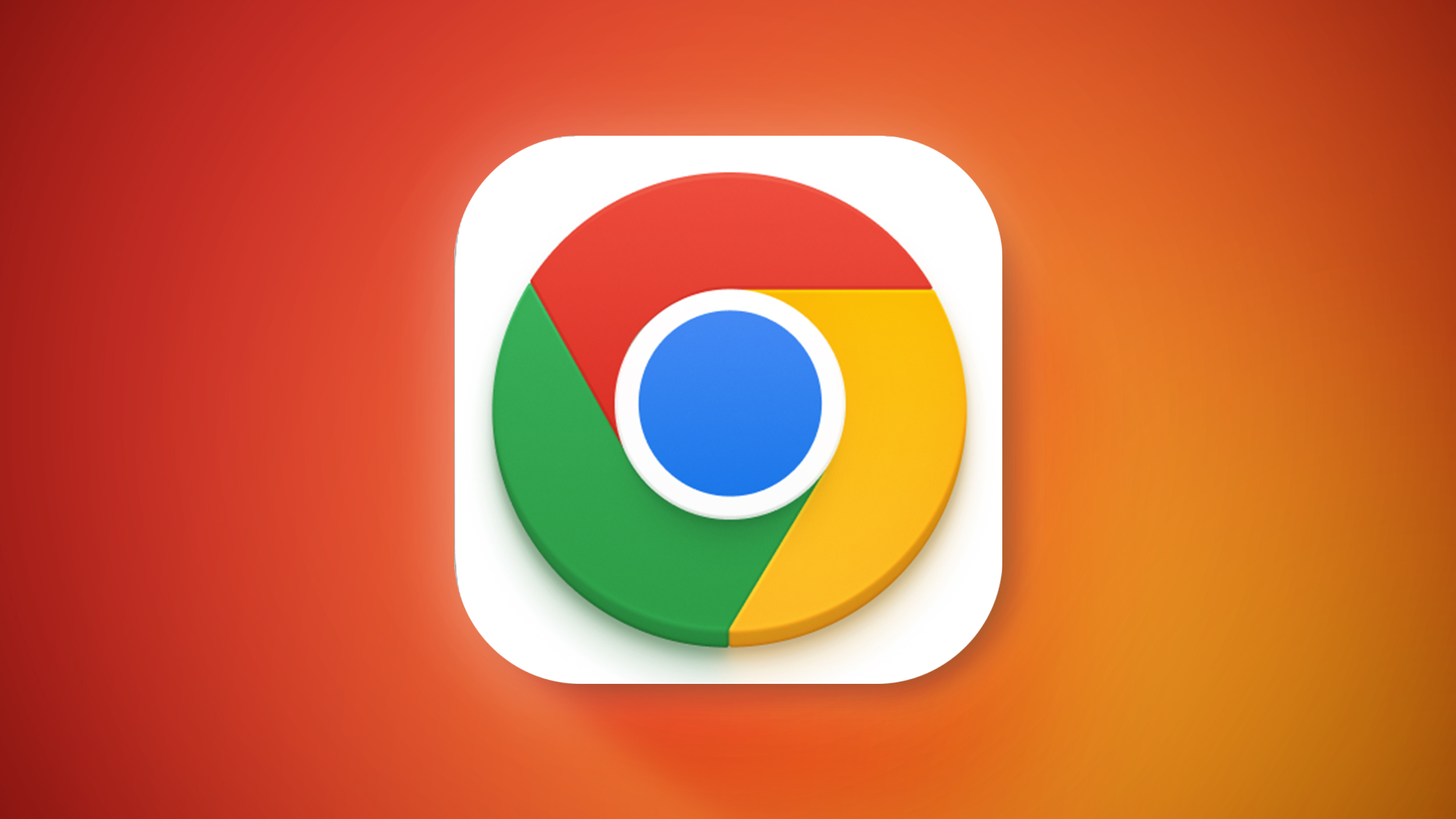iOS 18.6 and macOS Sequoia 15.6 Address Chrome Zero-Day Attack
Apple's Urgent Security Updates Patch Critical Chrome Zero-Day Vulnerability
Apple swiftly released emergency software updates for iOS 18.6, iPadOS 18.6, and macOS Sequoia 15.6 on [Date of Release] to address a significant zero-day vulnerability actively exploited in attacks targeting Chrome users. This vulnerability, identified as CVE-2025-6558, allowed malicious actors to execute arbitrary code on affected systems, highlighting the urgency of the patch.
According to security researchers at Bleeping Computer, this critical flaw resided within open-source code that unfortunately also impacted Apple's software. The vulnerability allowed remote attackers to bypass Chrome's security sandbox by crafting specially designed HTML pages. These malicious web pages could then inject and execute arbitrary code on the victim's device, potentially leading to data theft, system compromise, or other serious consequences.

Understanding the Vulnerability (CVE-2025-6558)
The vulnerability, CVE-2025-6558, exploited a weakness in the way certain code handled HTML content. Essentially, the flaw allowed malicious code embedded within seemingly harmless HTML to escape the confines of Chrome's sandbox – a protective layer designed to isolate web content and prevent it from interacting with the operating system and other applications. By bypassing this sandbox, attackers could gain unauthorized access and control of the system.
While the vulnerability affected Apple's software, specifically Safari, Apple stated that while it could cause unexpected crashes, there was no evidence to suggest it was actively exploited to target Safari users. This highlights the shared nature of vulnerabilities within open-source code and the importance of coordinated patching efforts between different software providers.
Google's Response and Patch
Google, the developer of Chrome, acted quickly to address the vulnerability. They released a patch on July 15, [Year of Release], confirming that the flaw was being actively exploited in the wild. However, Google withheld detailed technical information on how the exploit worked, citing the need to ensure a majority of users updated their systems before releasing such information, which could potentially be misused by malicious actors.
This strategic delay in revealing the technical details is a standard security practice designed to maximize the effectiveness of the patch and minimize further exploitation before most users can apply the fix. The focus was, and remains, on getting the patch deployed to as many users as possible.
Apple's Swift Action and Updated Software
Apple's release of iOS 18.6, iPadOS 18.6, and macOS Sequoia 15.6 demonstrates their commitment to user security. These updates directly address the vulnerability, patching the flaw and mitigating the risk of exploitation. The speed of their response underscores the seriousness of the threat and the importance of staying updated with the latest security patches.
The updates are crucial for all users of Apple devices running the affected software. Installing these updates is paramount to protecting against potential attacks exploiting this vulnerability. Apple recommends that users immediately update their devices as soon as possible to minimize their risk exposure.
Protecting Yourself: Essential Steps
To safeguard your devices, it's crucial to take immediate action:
- Update your Apple devices: Immediately install the latest iOS 18.6, iPadOS 18.6, and macOS Sequoia 15.6 updates. This is the most effective way to protect against this vulnerability.
- Update your Chrome browser: Make sure you have installed the latest version of Chrome. Google’s patch is crucial in mitigating the risk.
- Practice safe browsing habits: Avoid clicking on suspicious links or downloading files from untrusted sources. This remains a critical aspect of overall online safety.
- Keep your software up-to-date: Regularly check for and install updates for all your software, including operating systems, applications, and browsers. This proactive approach is a key element in maintaining good security posture.
The Importance of Timely Updates
This zero-day vulnerability highlights the vital importance of consistently updating your software. Zero-day attacks, by definition, exploit previously unknown flaws, making quick response and patching crucial. Waiting to update can leave your system vulnerable to attacks, putting your personal data and system security at risk.
Both Apple and Google's swift responses demonstrate the industry's commitment to addressing such threats. However, individual user responsibility in installing these crucial updates remains paramount in safeguarding against attacks. The quick release and the significant attention given to this security issue serve as a strong reminder of the ongoing need for vigilance and proactive security measures.
Conclusion: Stay Vigilant and Updated
The combined effort of Apple and Google to quickly patch this critical vulnerability underscores the ongoing battle against cyber threats. While these updates significantly reduce the risk, maintaining proactive security practices remains crucial. Users should remain vigilant, practice safe browsing habits, and diligently install software updates to ensure the ongoing protection of their data and systems.
This event serves as a stark reminder of the importance of keeping your software up to date. Staying informed about the latest security updates and promptly applying them are vital steps to protecting yourself in the ever-evolving landscape of cyber threats.
For further discussion on this topic, visit our forums: Discuss this article
This article, "iOS 18.6 and macOS Sequoia 15.6 Address Chrome Zero-Day Attack" first appeared on MacRumors.com
from MacRumors
-via DynaSage

